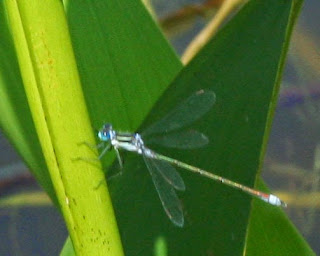HELLO MASTER GARDENERS!
Taking pictures for the Master Gardener Calendar? Here are the guidelines for 2023.
Explore a wide range of seasonal gardening themes. Everything from
winter landscapes to summer's veggie harvest, from pollinators to perennial
borders—if it grows and looks good, send it in! Don't forget photos of your
delicious vegetables as well as late summer blooms. Clean the veggies and
spritz a little water on them. Remove browning leaves and stems.
Files should be AT LEAST 1 Mb (6 MPs on phones is 18 Mbs)-bigger
is better. Most cell phone photos are good. Phone screenshots will not work. See
Smartphone camera tips at the bottom.
A resolution of 300 dpi and a minimum size of 5"x7". Do
not add text to the image (no watermark or plant name in photo).
Up to 3 submissions per person. Photo must be taken by a Master
Gardener. Name your images with First and Last Name, followed by the County and
plant name or number (Ex. Sally Smith_Bucks sunflower.jpg).
Send photos as an attachment instead of inserting them into the
email. Check that you are sending the attachment as “actual size”. Email photos
to Norma Young njy1@psu.edu Deadline is September 1
Tips for using your Smartphone camera
1. Shoot in Landscape
- Rotating your phone to landscape mode and using the volume
buttons to take the photo provides a more stable hold on the phone, reducing
noise in your pictures.
2. Utilize the Grid Lines
- Locate this option in your photo app settings. Keep your
main subjects off center so they become the focus.
• Focus on the eyes
• Place strong lines and divisions like the horizon on the gridlines
3. Don’t Zoom!
- Get up
and personal with your subject for the best results. Most smartphone
cameras have a digital zoom, but using this won’t help you get detailed
pictures from far away. Zoom is just
essentially cropping the picture on the screen.
4. No
Garbage Cans!
- You
should also avoid cluttered or ugly backgrounds by changing your point of
view. Watch out for the trash cans or other unsightly objects in your
view.
5.
Multiple Shots
- If you
see something that catches your eye don't just take one shot and hope for the
best. The chances of getting a good photo with your first shot are very slim.
You should take shots from various angles and distances.
* * * * *
Check out the Herb Sampler on this Blog
SPECIAL Price reduction.













